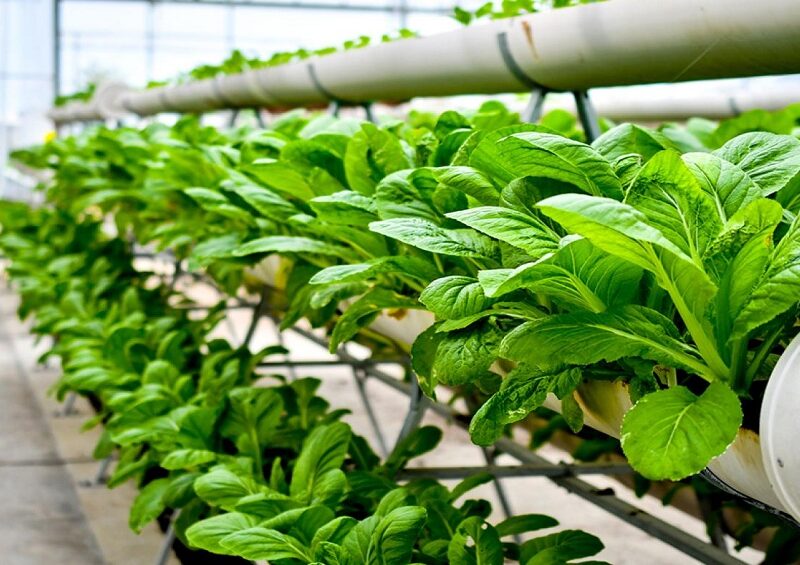As far as agriculture is concerned, it is considered the backbone of the country. Due to industrialization, the arable lands are at stake, which emphasizes more on vertical farming. It can be an optimal solution for the heaving demand of agriculture. Cultivating crops on vertical layers or slopes is considered to be ideal vertical farming.
It is a great initiative and helps people to use the space efficiently and increase productivity. Vertical farming is one of the best approaches to handle agriculture practices. Vertical farming necessitates the support of artificial lights and temperature as the crops are grown indoors.
Advantages of vertical farming
Most people live in an urban area, not just in India but across the globe, which increases the demand for food in a particular region. Vertical farming is easy to get food in cities even though there is less space for agriculture. With the help of electricity and food waste, the crops can be produced quickly without high water consumption.
Vertical farming in India has several benefits like saving water, reducing pollution, growing healthy food, and restoring ecosystems. These are the substantial benefits of growing food crops with vertical farming.
As there are leading-edge technologies and deep farming methods, you can enhance production instantaneously. When it comes to vertical farming, the plants can be grown with or without soil. Moreover, there is no need to worry about unprecedented weather conditions as the plants grown inside will have complete protection.
In a nutshell, vertical farming in India has way too many benefits like year-round crop production, complete protection in extreme weather conditions, high yield, and decreased fossil fuel consumption in the transportation of crops.
One of the important perks is that vertical farming uses less water than traditional agricultural practices. You don’t have to splurge on pesticides, and growing 100% organic food is healthy. The cities have been inflicted with more pollution than rural areas, so adding green plants inside the city can alleviate the effects of pollution by several notches.
Ways to do vertical farming in India
There are several systems like hydroponics, aeroponics, and aquaponics. You can choose any type of farming as per your needs. However, it is important to concentrate on physical configuration, lighting, growing medium and certain characteristics. The ultimate aim of vertical farming is to grow more crops in a limited space.
Several regions in India are now making efforts to do vertical farming. You can consider doing vertical farming without any hindrance. If you have doubts, start with vegetables that are easy to grow. For instance, lettuce, kale, basil, mint, and basil are easier to grow.
Conclusion
As far as vertical farming in India is concerned, the population growth in urban areas demands contemporary ideas to thrive in growing crops and elevating the environmental conditions. Vertical farming is the ideal solution that many individuals now consider. It will be easier to indulge in vertical farming when you have the best tools.











